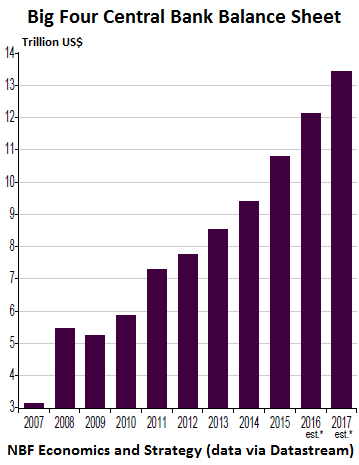In the latest blow, Switzerland announced that it would hold a referendum on a radical proposal that would strip commercial banks of the ability to create money, depriving them of a great deal of their profit-making capabilities. If the Swiss proposal catches on around the world, it could shred core business assumptions that have underpinned the banking model over the past three centuries.
From Babylon to central bank
The earliest banks we know of, in ancient Babylon, were temples that doubled as repositories where one could store wealth. At some point, the guardians of the stored treasure realized they could put this accumulated wealth to work, and banks accordingly began to lend capital. Borrowers would pay interest on what they borrowed, and this interest would ultimately find its way back to the lenders after the banks had taken a cut. The banks became trusted intermediaries that brought lender and borrower together and ensured neither would be cheated. Paper money emerged after people found it was easier to buy things using deposit slips from their bank than carrying gold around.
The next evolution happened when bankers realized that since depositors almost never simultaneously withdrew all their funds, banks could lend more capital than had been deposited. This allowed banks to “create” money in the sense that bankers could issue loans not necessarily backed up by hard deposits.
…click on the above link to read the rest of the article…


 John Michael Wright
John Michael Wright


 Money from nothing and chicks for free – how the Fed does it.
Money from nothing and chicks for free – how the Fed does it.






